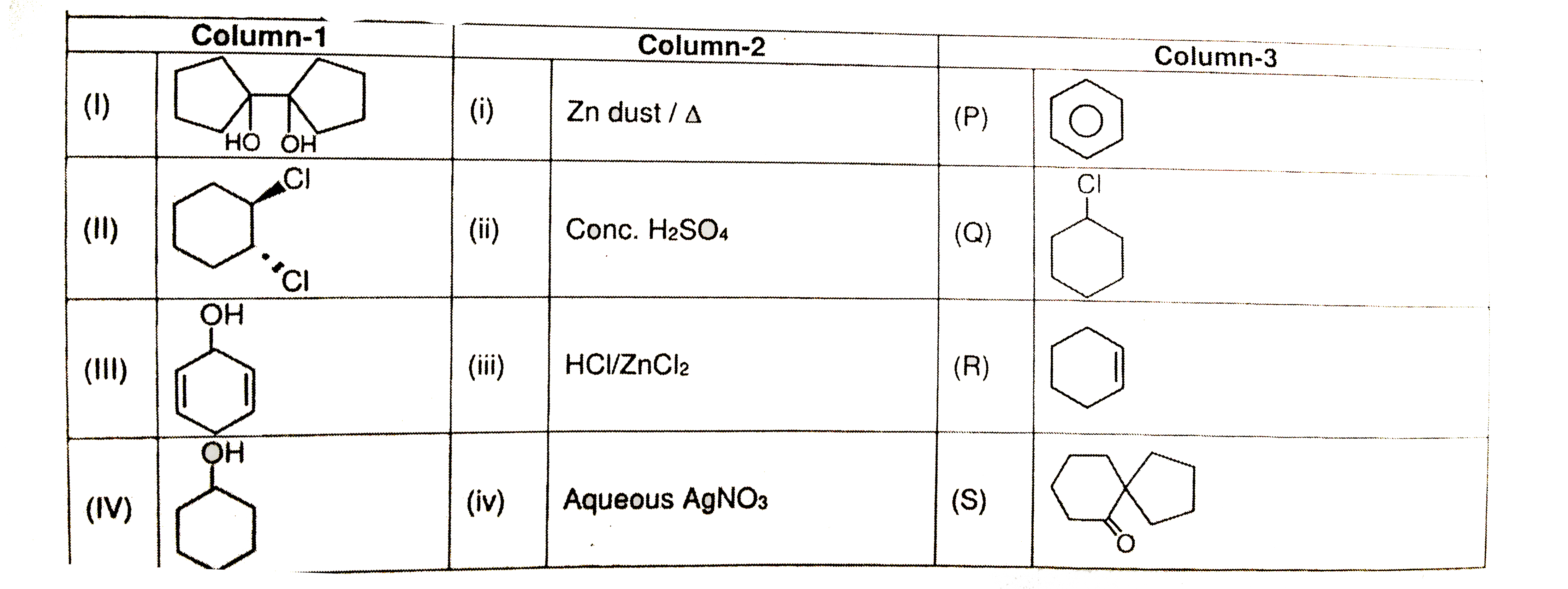Haloalkanes undergo nucleophilic substitution whereas haloarenes undergo electrophilic substitution. Explain
In haloalkanes, the halogen atom is attached to carbon atom. As the halogen atom is more electronegative than carbon, the bond between carbon and halogen is polar in character.
Cδ−Xδ−
Due to presence of partial positive charge on carbon atom, the nucleophiles can attack on electron deficient carbon thereby resulting in the displacement of weaker nucleophile, thus typical reactions of alkyl halides are nucleophilic substitution reactions:
R:X:Z−Nucleophile→R:Z+X−Halideion
Whereas in halorenes, as the halogen atom attached to benzene ring, releases electron towards benzene ring (+m effect) thereby the ortho and para positions become site of attack for electrophiles more than nucleophiles.
Related Playlists
Knowledge Check
- Question 1 - Select One
The ether that undergoes electrophilic substitution reactions is
ACH3OC2H5BC6H5OCH3CCHOCH3DC2HOC2H3 - Question 1 - Select One
The formation of cyanohydrin from a ketone is an example of
nucleophilic substitution
electrophilic substitution
electrophilic addition
nucleophilic addition.Anucleophilic substitutionBelectrophilic substitutionCelectrophilic additionDnucleophilic addition. - Question 1 - Select One
Which of the following substitution of benzene is ortho-para in electrophilic substitution and ortho-para in nucleophilic substitution ?
A−NO2B−NOC−SO3HD−SO2Me
Similar Questions
Which out of benzene and chlorobenzene undergoes electrophilic substitution easily?
View SolutionWhy do alkenes prefer to undergo electrophilec addition reaction while arenes prefer electrophilic substitution reactions ? Explain.
View SolutionGive three examples of electrophilic substitution reactions.
View SolutionIn electrophilic substitution reactions of haloarenes, halogen atom is
View Solution(a) The double bond in aldehydes and ketones is reactive towards nucleophilic reagents like CN− whereas that in an alkene is not.
(b) Alkenes undergo electrophilic addition whereas aldehydes and ketones undergo nucleophilic addition.View Solution
The unimolecular nucleophilic substitution is represented by :View SolutionWhy does benzene undergo electrophilic substitution reactions easily and nucleophilic substitutions with difficulty?
View Solution

